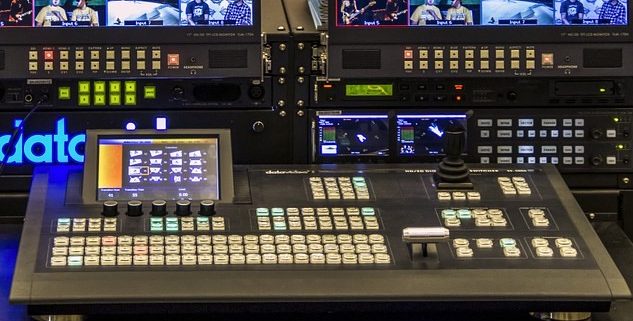Brand-Direct Advertising and the Legal Industry
Legal Services Moving From Brand-Direct Advertising
AdSphere, powered by DRMetrix, conducted an impressive 5 year – 5 industry classifications study to look at the trends of national cable media expenditures. One industry classification which continues to see remarkable growth is brand-direct advertising. Both phone and web/mobile brand-direct advertising has seen steady growth over the past several years and is projected to continue into 2019.
Brand-direct campaigns, according to the study, do not use direct response variants such as a unique call-to-action or ad specific promo code. Instead, brand-direct advertising uses a vanity phone number or website across all advertising.
Legal Services Bucks the Trend

Despite the “explosive growth” experienced in brand-direct advertising, legal marketers are moving toward other platforms. In 2017, the legal services industry spent over $14 million on brand-direct campaigns using a vanity phone number. In 2018, less than $2 million was spent in the same category.
On the other hand, legal services brand-direct advertising directing consumers to a specific website was up from 2017 to 2018 after expenditures had steadily declined the previous two years.
The Importance of Direct Response Variation
Perhaps more so in law firm marketing than any other industry, the ability to measure and track campaigns is vital to success. Direct response (DR) variation allows marketers to determine which campaigns are performing the best based on their unique call to action, promo code, or phone number. DR variants offer measurability and more accurate attribution compared to traditional direct response advertising. Traditional direct response advertising requires you to buy fixed network “dayparts.” While offered at a discount, there is little control over when your advertisement will run or during which program it will air. This lack of control reduces your ability to target your ideal audience or to model future performance. In order to have a successful campaign, you need metrics. DR variants offer the power and reach of television with the ability to track performance, leading to a better Return-on-Investment (ROI).
Contact Amicus Media Group Today
Amicus Media Group can help you utilize the power of television, radio, and digital campaigns to grow your law firm. Find out how direct response advertising can improve your profitability with less risk. Contact Amicus Media Group today for a free marketing analysis at (888) 700-1088.
This blog post does not contain legal or financial advice. Author and publisher disclaim any and all warranties, liabilities, losses, costs, claims, demands, suits, or actions of any type or nature whatsoever, arising from or any way related to this blog, the use of this blog, and/or any claim that a particular technique or device described in this blog.








